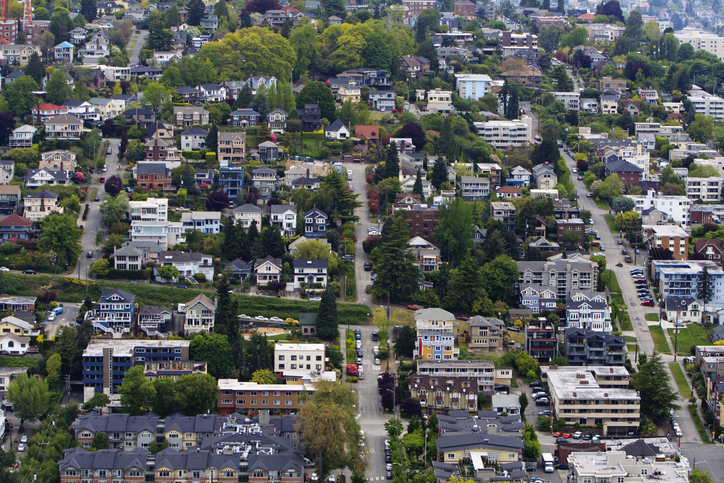What happens when supply isn't allowed to meet demand? One only needs to take a look at the available housing in population dense areas of the United States to see the disastrous effects. Housing availability is diminishing, rent prices are skyrocketing, and affordable housing options are quickly becoming a relic of the past. As affordable rental options become older, there are fewer and fewer available, as eventually their upkeep is too much to maintain and they leave the market.
Many look at this issue and point to a failure of markets, claiming that there's no economic incentive for developers to create affordable housing, and new housing developments are only upscaled, high cost options. They insist on public solutions to the problem. An insistence on government subsidized housing for low-income earners is common, but this actively harms housing options long-term as they raise housing prices from the middle income renters, who in turn have to turn to the lower, affordable options which reduces the supply, and in addition the low-income housing is unable to be maintained, often being deconstructed and destroyed. Some might suggest rent control in order to force the price down, but as can be seen by this action in Berlin, the middle income and low income earners are by far the most profoundly hurt by these disastrous policies.
Instead of turning to more regulations and government programs, we need to start removing disastrous barriers to building. Overregulated zoning laws and artificial limits on unit creations have hampered developers who seek to meet the increasing demand of housing. If these kinds of restrictions were lifted and a free market were able to take hold, housing options would expand drastically. The effect you'd see in the short term might initially increase high cost options, but as more high cost options become available, the general price will be driven down for all. Exponential increases in building means that older rentals and owned properties would start to become more available to new buyers as those tennants move out into better options. In a few years, the number of affordable options would once again fill the market. As MarketUrbanism reports:
If development at levels several times the current rate were allowed over the past few cycles, the reservoir of cheaper, older buildings would have remained plentiful and affordable. If the market were allowed to meet demand for high-end units in the form of dense new construction, there would be little or no market pressure for unsubsidized market-rate units to be converted into luxury units.










